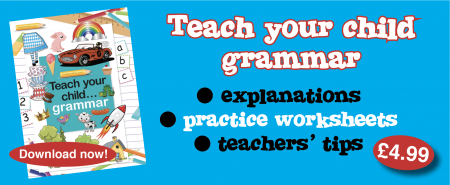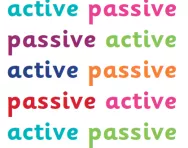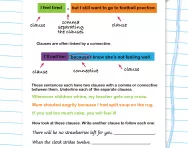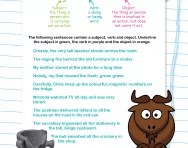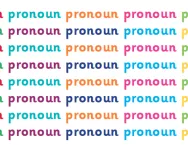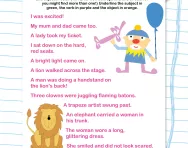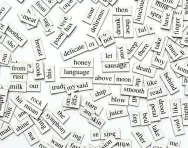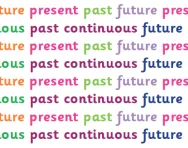Important update from TheSchoolRun
For the past 13 years, TheSchoolRun has been run by a small team of mums working from home, dedicated to providing quality educational resources to primary school parents. Unfortunately, rising supplier costs and falling revenue have made it impossible for us to continue operating, and we’ve had to make the difficult decision to close. The good news: We’ve arranged for another educational provider to take over many of our resources. These will be hosted on a new portal, where the content will be updated and expanded to support your child’s learning.
What this means for subscribers:
- Your subscription is still active, and for now, you can keep using the website as normal — just log in with your usual details to access all our articles and resources*.
- In a few months, all resources will move to the new portal. You’ll continue to have access there until your subscription ends. We’ll send you full details nearer the time.
- As a thank you for your support, we’ll also be sending you 16 primary school eBooks (worth £108.84) to download and keep.
A few changes to be aware of:
- The Learning Journey weekly email has ended, but your child’s plan will still be updated on your dashboard each Monday. Just log in to see the recommended worksheets.
- The 11+ weekly emails have now ended. We sent you all the remaining emails in the series at the end of March — please check your inbox (and spam folder) if you haven’t seen them. You can also follow the full programme here: 11+ Learning Journey.
If you have any questions, please contact us at [email protected]. Thank you for being part of our journey it’s been a privilege to support your family’s learning.
*If you need to reset your password, it will still work as usual. Please check your spam folder if the reset email doesn’t appear in your inbox.
What are subject and object?
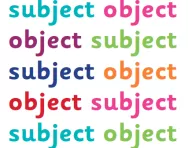
What are the subject and object in a sentence?
All sentences contain subjects and verbs and some also contain objects.
The subject is usually the thing or person who performs the action of the verb.
The object is the thing or person that is involved in the action of the verb, but does not carry it out.
In the following sentence:
The man is the subject because he is doing something (eating a cream cake). The word 'ate' is the verb. The cream cake is the object. (Find out more about verbs and direct objects in our parents' guide to transitive and intransitive verbs.)
What is subject-verb agreement?
Tricky cases to watch out for:
- Pronouns such as everyone and everybody are always singular, so they need a singular verb. (Everyone likes ice-cream, or Everybody went to the park.)
- Pronouns like all or some can be plural (if the people or things referred to by the pronoun can be counted: some boys, all children) or singular (if the people or things referred to by the pronoun cannot be counted but are seen as a singular quantity: some sugar, all the flour).
- None can be used as a singular or plural pronoun (None of them is... / None of them are...).
How are children taught about subject and object in the classroom?
Since May 2013 children in Year 6 have taken a KS2 Grammar, Punctuation and Spelling test as part of their English SATs. Prior to this, teachers did not usually teach primary-school children about subjects and objects, but now it has become more important for them to know these grammatical terms.
This is an example question involving subject-verb agreement from the 2013 KS2 Grammar, Punctuation and Spelling past paper (download the whole KS2 English SATs 2013 paper for free from TheSchoolRun):

The question could equally be worded: 'Tick the sentence which is grammatically correct', however the question above requires children to actually understand what a subject is, what a verb is and the concept of them both 'agreeing'.
In this case, a child would need to recognise that the second and third sentences each have a subject which agrees with the verb.
Children are formally taught to identify the subject and object in a sentence in Year 6.
Primary-school grammar information, worksheets and games
For more advice about grammar in primary school, including practical resources, visit our Grammar hub.
